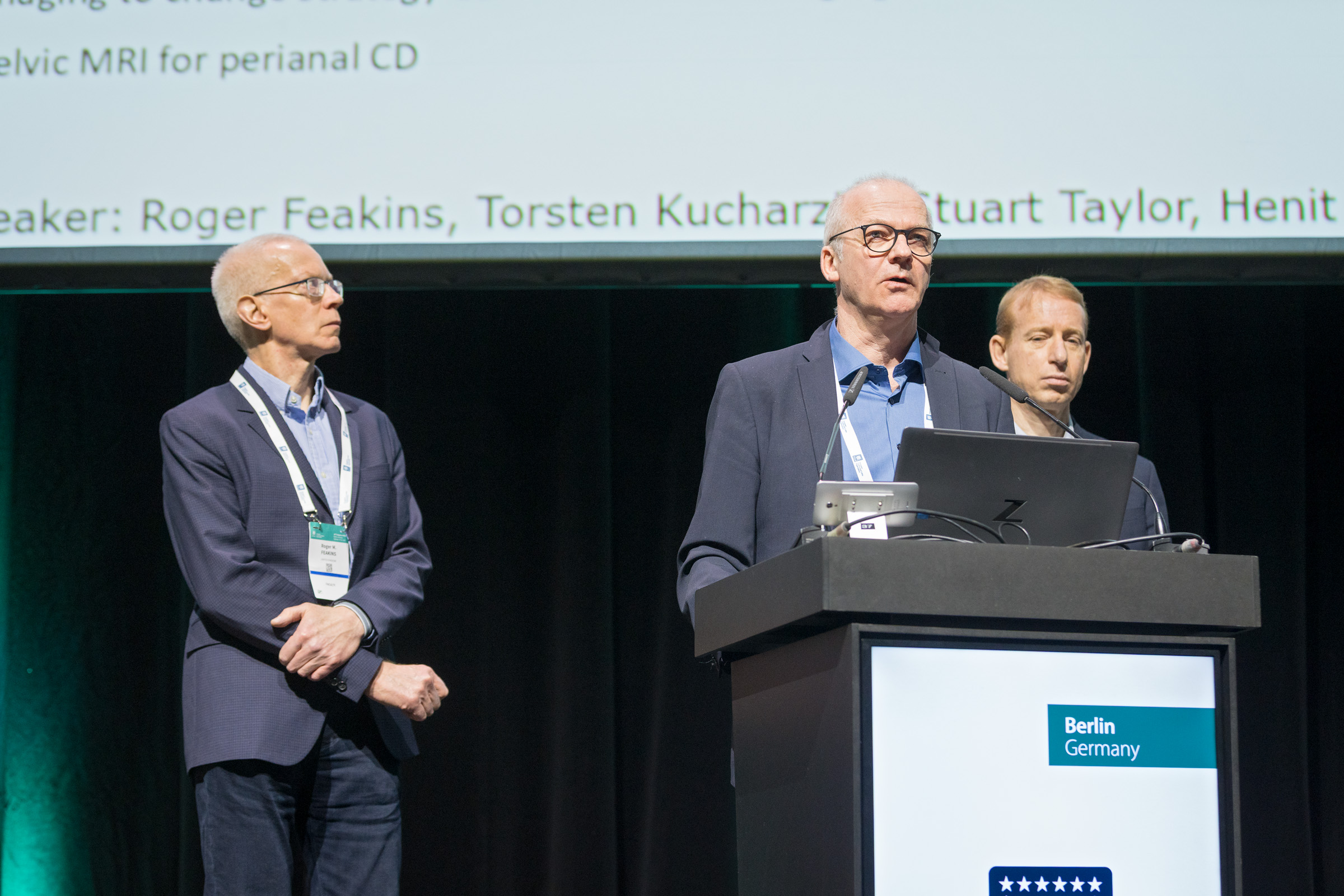Advancing IBD Diagnosis and Monitoring: The Latest ECCO-ESGAR-ESP-IBUS Guidelines
Johan Burisch, GuiCom Member
 Johan Burisch © ECCO |
The European Crohn’s and Colitis Organisation (ECCO), in collaboration with the European Society of Gastrointestinal and Abdominal Radiology (ESGAR), the European Society of Pathology (ESP) and the International Bowel Ultrasonography Group (IBUS), has released an updated version of its multi-society guidelines on the diagnostics and monitoring of Inflammatory Bowel Disease (IBD). Torsten Kucharzik, Henit Yanai, Roger Feakins and Stuart Taylor coordinated these guidelines with the help of professional methodologists, librarians and the ECCO Office, as well as 40 ECCO, ESGAR, ESP and IBUS members from several countries. These new recommendations mark an important shift toward non-invasive disease assessment and personalised monitoring strategies, reflecting the recent entry of intestinal ultrasound (IUS) as an important monitoring tool for IBD, biomarker-based surveillance and histological remission (HR) as a treatment target.
Discussing all of the changes in the updated guidelines would go too far, but I would like to mention a few highlights. One of the most significant updates is the expanded role of IUS as a first-line imaging tool for both initial diagnosis and ongoing monitoring of IBD, particularly Crohn’s Disease. The guidelines introduce newly validated IUS scoring systems, including the International Bowel Ultrasound Segmental Activity Score (IBUS-SAS) and Milan ultrasound criteria (MUC), which might provide more precise assessment of disease activity and response to therapy. By standardising IUS interpretation, these recommendations help position IUS as a routine tool in clinical practice, offering a rapid, accurate and non-invasive alternative to frequent endoscopic and radiological evaluations.
The guidelines also emphasise a structured, risk-based monitoring approach that prioritises less invasive tools such as faecal calprotectin (FC) and IUS, reducing reliance on frequent endoscopy while maintaining tight disease control. Specific FC cutoffs are included to help clinicians predict disease activity and adjust treatment accordingly, making disease monitoring more practical and patient-friendly.
Additionally, histological remission (HR) is given greater weight in Ulcerative Colitis, as growing evidence confirms that achieving HR is linked to lower relapse rates and improved long-term outcomes. The update introduces the PICaSSO Histologic Remission Index (PHRI) as a validated, standardised tool for assessing histological outcomes in both clinical trials and real-world practice, further supporting HR as a meaningful treatment endpoint. These updates reflect a major step toward precision medicine in IBD, ensuring that clinicians can deliver targeted, evidence-based care while reducing the need for invasive procedures.
The full guidelines will be published in the Journal of Crohn’s and Colitis (JCC), providing an important reference for gastroenterologists, radiologists, pathologists and other IBD specialists worldwide.
Pictures are subject to copyright © ECCO





